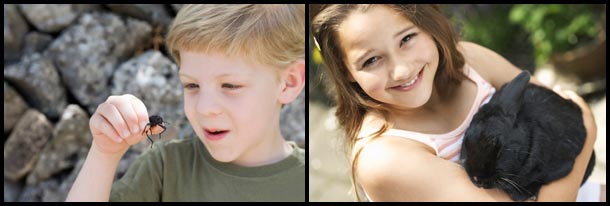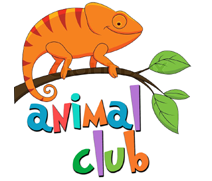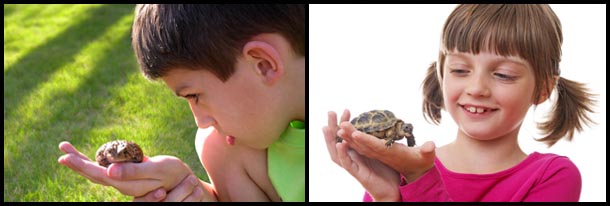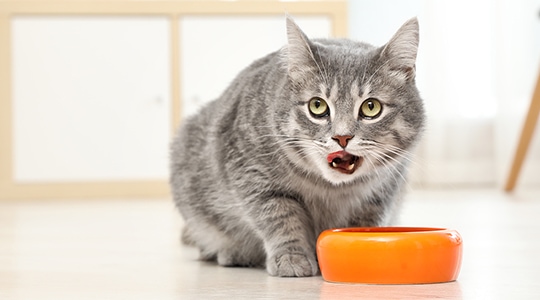Cats lack a sweet taste receptor, meaning a cats taste lacks capacity for anything sugary. So the answer is no, cats can’t taste sugar.
Sugar is one of life’s simplest pleasures, making almost anything it touches instantly more delicious. It’s awful to imagine a life being unable to taste anything sweet whatsoever, but for cats that is all they’ve ever known.
Our tongues are the epicenter of taste, being entirely responsible for that sense (perhaps helped in part by the nose with smells). For humans, our taste can be broadly broken down into five categories: salty, sour, bitter, umami (or savoury) and, of course, sweet.

For cats, this is generally the same with one massive exception. Cats can taste salty, sour, bitter and umami things but they are unable to taste sweetness. A cats taste is the only one of all mammals to lack receptors for sweetness. However, cats may also be able to taste fat, as well as something that humans cannot: adenosine triphosphate (or ATP). That’s a very big, complicated science word so i won’t go into the exacts of what it is. What’s important for this blog is that cats can taste it, and humans can’t.
I don’t quite know why, but i find it really strange that cats are the ONLY mammal to not have taste receptors for sweet. Of all the mammals, from the platypus to the bat, the whale to the capybara. And yet it’s cats that can’t experience sweetness.

What do cats like to taste?
Now that we’ve established that cats probably won’t be bothered about tangfastics or wine gums, what do they like?
Cat food generally comes in three varieties. Dry food is perhaps the most popular, sometimes referred to as kibble. Dry food can serve a variety of purposes such as containing medication like antihistamines or to improve dental health.
The next type of cat food is tinned, which is also sometimes called wet food (i am sure you can guess why). Wet food can be quite inconvenient for owners as most cats don’t eat all their food in one go and instead like to graze. Wet food has a tendency to dry up and form a crust round the edge. This can make it quite unappetizing for our feline friends.

The third and final broad category of cat food is semi wet or semi dry. This is essentially just softened kibble and acts as sort of the best of both worlds.
In terms of what tastes cats generally enjoy, that can really depend on the cat. As i’m sure any one who owns a cat will agree, all cats are different and have their own unique personalities and interests. This difference between cats extends to their palates for food too.
One study actually suggests that cats may prefer foods that have a higher protein to fat ratio, regardless of taste. This opens an interesting avenue of thought in which cats may actually prefer healthy foods rather than unhealthy foods.
I hope this week’s blog has taught you a lot about cat’s experiences with food; it’s more complex than you may have thought!
Extra information
Animal-Club provides animal parties or animal handling workshops. You will be able to see, learn and interact with many wonderful animals with the help of our presenters. Our mobile zoo has many friendly animals such as rabbits, tarantulas, geckos, vinegaroons and more, perfect for an animal party. We can also come over to your school for an animal school visit or arrange for an animal workshop with us where the children can learn about looking after animals and animal behaviour, and have fun too.



